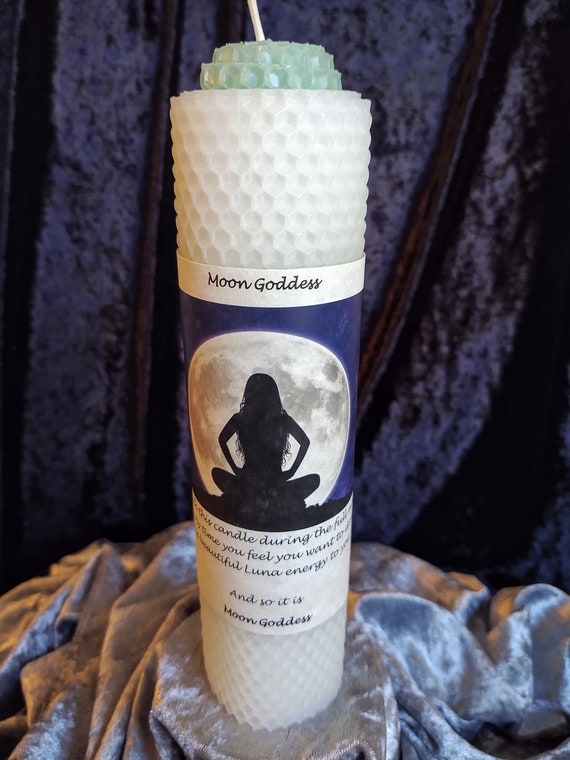

This would help to standardize communications and operations on the lunar surface and make it easier to schedule missions that need to take place at specific times of day.īut what about Mars? The red planet has a day that is almost identical in length to Earth's, but its year is much longer - about 687 Earth days. To deal with these extreme conditions, scientists have proposed the idea of using a "lunar time" system, where each day is divided into 14 "lunar hours" instead of the 24 hours we are used to on Earth. That means that the lunar day lasts for about 29.5 Earth days, and the temperature on the surface can range from a scorching 127☌ (260☏) during the day to a freezing -173☌ (-280☏) at night. Since then, many countries have adopted this practice, although not all of them follow the same schedule or even participate at all.īut what about the moon and other planets? Unlike Earth, which rotates once every 24 hours and has a yearly cycle of seasons, the moon has a much slower rotation and no atmosphere to regulate its temperature. In fact, Benjamin Franklin proposed the idea of daylight-saving time way back in 1784, to conserve candles and improve energy efficiency.

The idea of adjusting our clocks to match the changing seasons and daylight patterns is not a new one. But why do we do this, and what does it have to do with space exploration? Have you ever stopped to think about how strange it is that we change our clocks twice a year? Last weekend, Spain and many other countries switched to daylight saving time, which means that we moved our clocks forward by one hour.


 0 kommentar(er)
0 kommentar(er)
